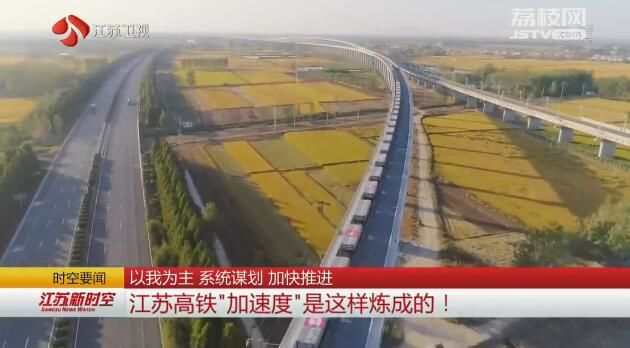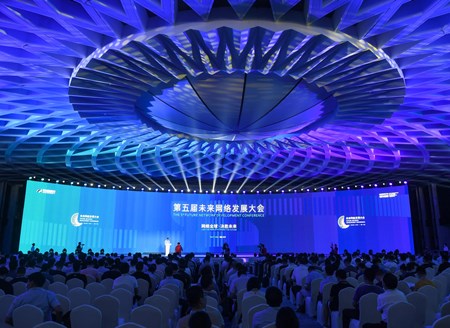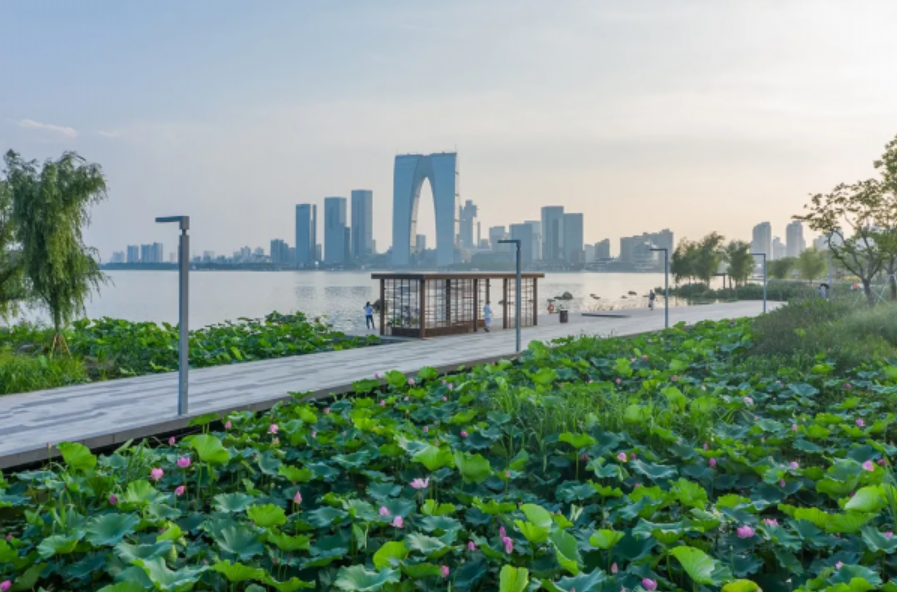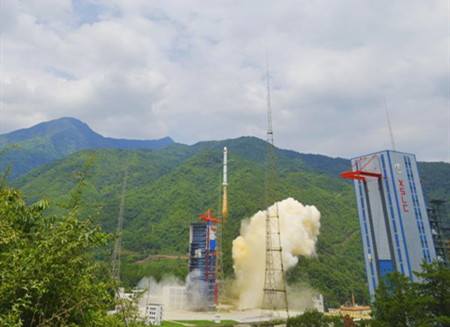East China’s Jiangsu province has accelerated its railway construction since the 19th National Congress of the Communist Party of China in a bid to build the province into a transportation powerhouse in the new era.
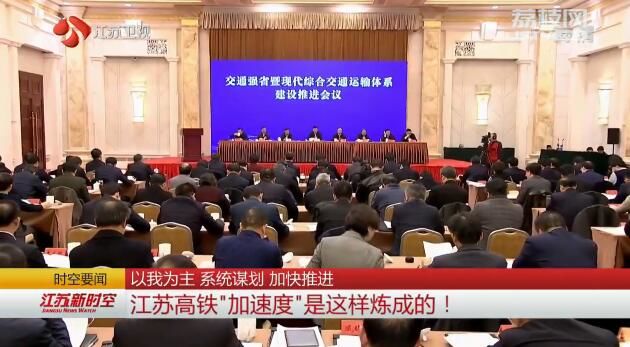
Over the past four decades, Jiangsu has scored great achievements in its transportation development but unevenness still exists with railway construction the biggest weakness.
The scarcity of railway tracks in north Jiangsu has become the bottleneck for regional development.

Authorities in Jiangsu have therefore mapped out scientific and systematic planning to boost transportationinfrastructures so as to seize the opportunities of the major national strategies and meet people’s demand for easier and faster travel.
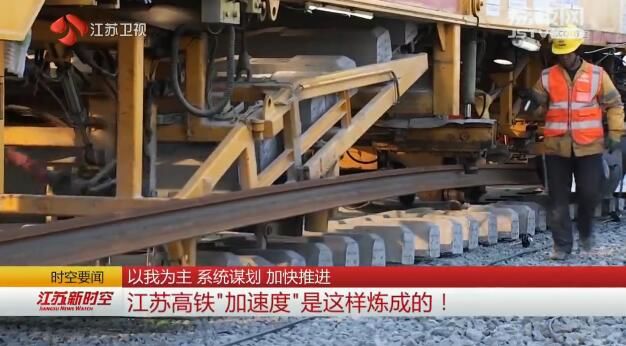
Government agencies in Jiangsu have make concerted efforts to cut back on the time spent on examination and approval.

The Nanjing-Huai’an intercity railway, for example, started construction 8 months after the plan was endorsed by the central government.

Lu Yongquan, director of the provincial transport department
The accelerated pace of railway construction in Jiangsu
has benefited from our changing concepts
and innovation in institutional mechanism
We have optimized the organization
and planning and expedited the engineering
so that the people in Jiangsu will be able to
enjoy easier and faster high-speed rides
Jiangsu will make further efforts to form a backbone railway transport network in the Yangtze River Economic Belt.
By 2025, people in Jiangsu will be able to travel in one hour and a half from the provincial capital city Nanjing to any other prefectural cities in the province over a total of 4800 kilometers of high-speed railways.
(Source:ourjiangsu.com)
